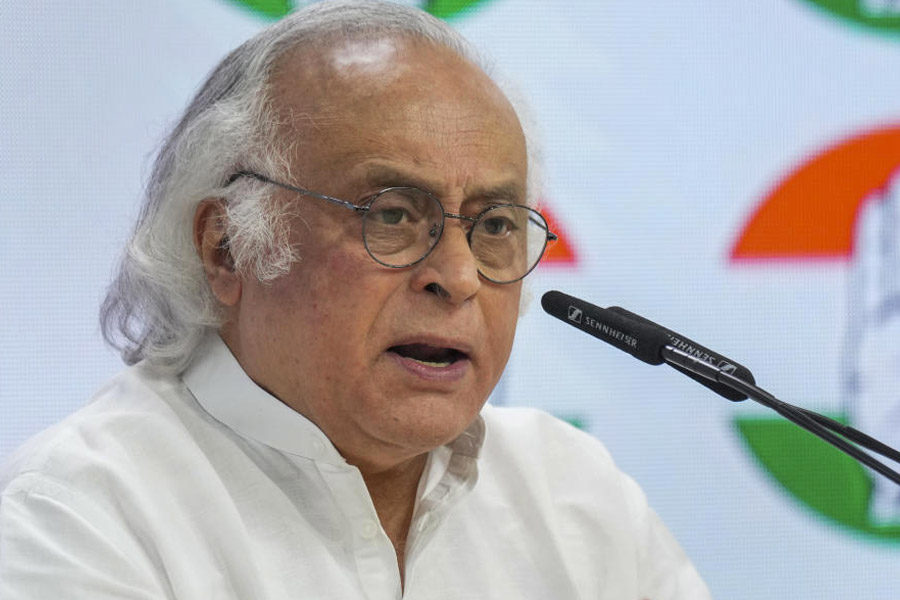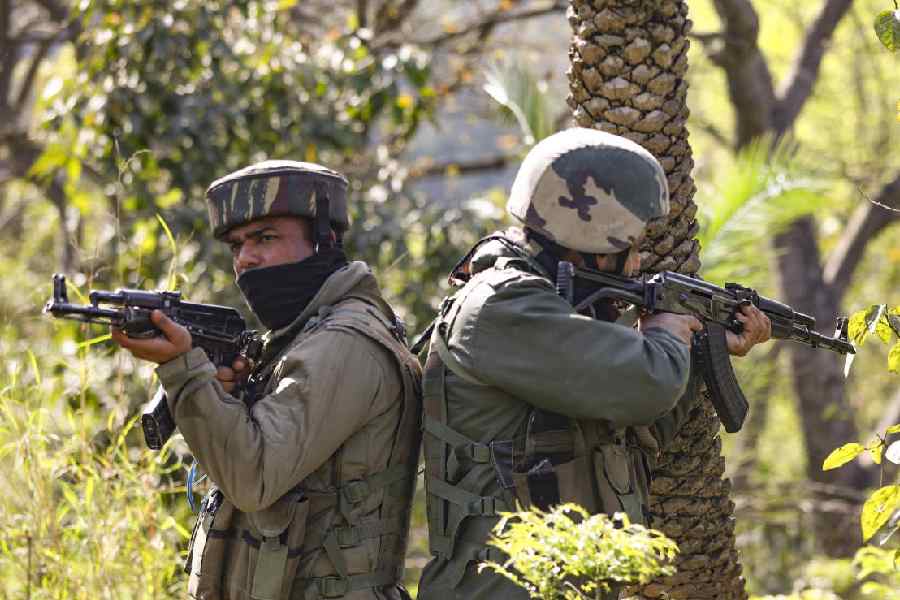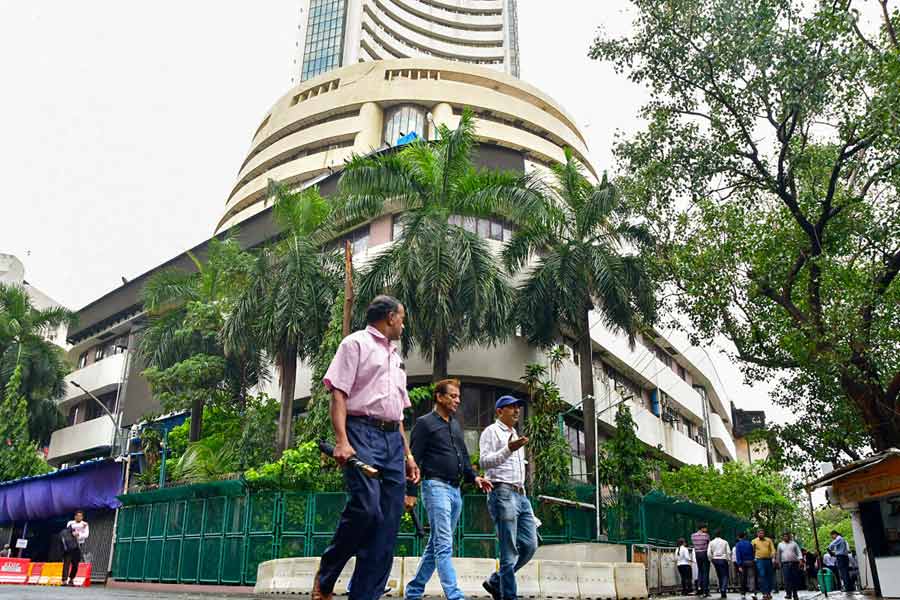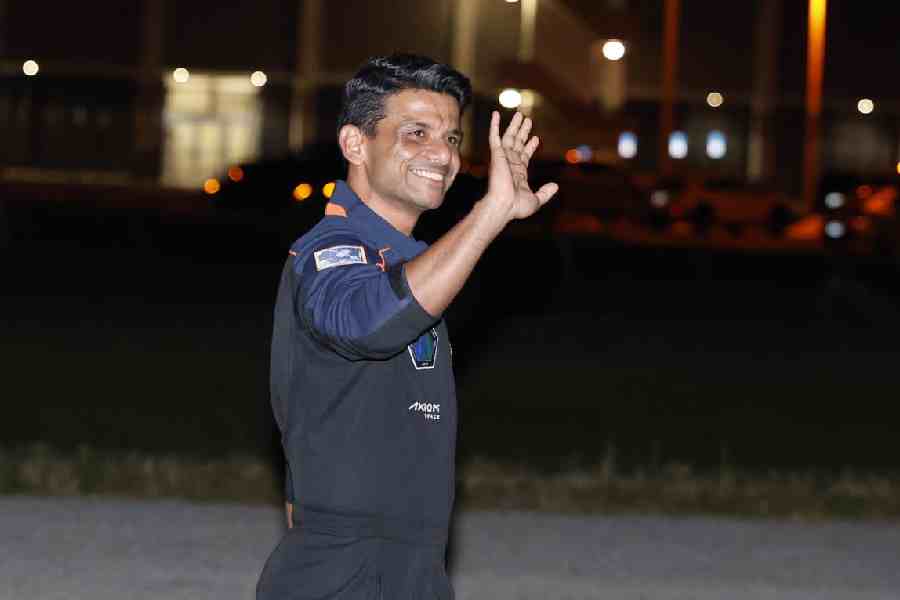|
|
| Villain of the piece |
The butcher of Amritsar: General Reginald Dyer By Nigel Collett, Hambledon and London, ? 25
Historians have lately taken to indulging in counterfactuals, called virtual history. For a moment, let us pause to take part in this game. If General Reginald Dyer had not ordered the firing on the crowd in Jallianwala Bagh on April 13, 1919, would he have been remembered in history? The answer is no. He would have been another British officer who had loyally served the Empire. Not every loyal general orders a firing on an unarmed and peaceful crowd in an enclosed garden.
Dyer?s notoriety ? or fame if one is proud of the fact that he needlessly killed people ? is premised on the massacre he ordered. The name given to this biography is thus entirely justified. But that cannot take away from another more important question: why the need for a biography of such a man? One possible answer is that there were elements in Dyer?s background, training and mental make-up which serve to explain the decision that catapulted him into history.
Nigel Collett, who read history at Oxford, spends many pages to reconstruct Dyer?s background and training. The research here is so detailed that one is often left wondering about the need and the relevance of such detailed knowledge. Information upon information, fact upon fact in no way enriches our understanding of Dyer and the decision on which his life turned.
Dyer came from a family with very old and strong raj connections. He was sent off to a minor public school in Ireland from where he went to Sandhurst. It was natural, given his family background, that Dyer would want to join the Indian Army. To do this, according to prevailing custom, he had to spend a couple of years in a British regiment. He was commissioned into the 2nd Battalion of the Queen?s Regiment which was then, 1885, stationed in Fort William in Calcutta. According to his biographer, at this point he was considered a man of some promise.
Collett spends an enormous amount of time and space on matters of military minutiae which are very boring to anybody not obsessed by such things. What is more important is that these details needlessly hold up the narrative from reaching Amritsar, which is where the action took place.
It is in his reconstruction of events in Amritsar ? build up to the massacre, the massacre and its aftermath ? that Collett?s abilities as a historian trained in the best British empirical tradition come into their own. He mines his sources with enviable attention and patience; he has an unerring eye for detail and has the skills to bring together facts culled from disparate sources into one coherent narrative framework. These qualities, enviable in any historian, make his representation of the central event in Dyer?s life the most comprehensible and certainly the most detailed.
In his answer to the question why Dyer acted the way he did on that fateful day, Collett brings into play three factors: his character, his view of the world and his place in it, and the situation upon which both these came to bear on that day. Dyer was introverted, frustrated and impulsive. Despite being a trained soldier, he took his own advice and despised those who saw things differently. He was also not above deception. Moreover, he had a low flashpoint. He belonged to the British Empire, and the growth of the national movement produced insecurities about his future and fears about his family invoked by the horrors of 1857. This ?insecure, self-opinionated, wrong-headed and violent man? faced in Amritsar what he believed was an ?organized rebellion?. His experience, his instincts told him that he must strike swiftly against anyone who posed a threat; ?he would save the Punjab, India?. All this makes Dyer out to be a psychopath with delusions of grandeur. Collett accepts Dyer?s own words, ?we cannot be very brave unless we be possessed of a greater fear.? He fired, Collett believes, out of fear.
For all Collett?s contextualization of Dyer?s act of violence, what he fails to underline or even understand in this hugely overwritten biography is that the British could not rule India without a large dose of violence. British rule in India was an act of conquest and remained one despite attempts to win the consent of Indians who were always subjects, never citizens.











